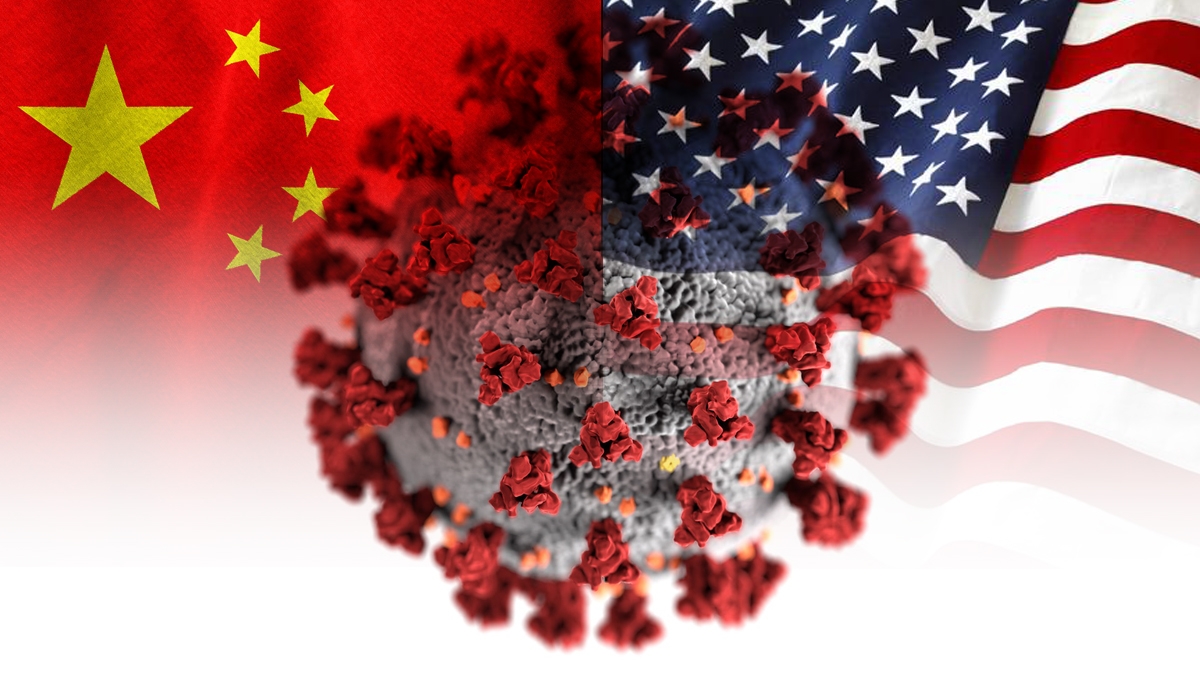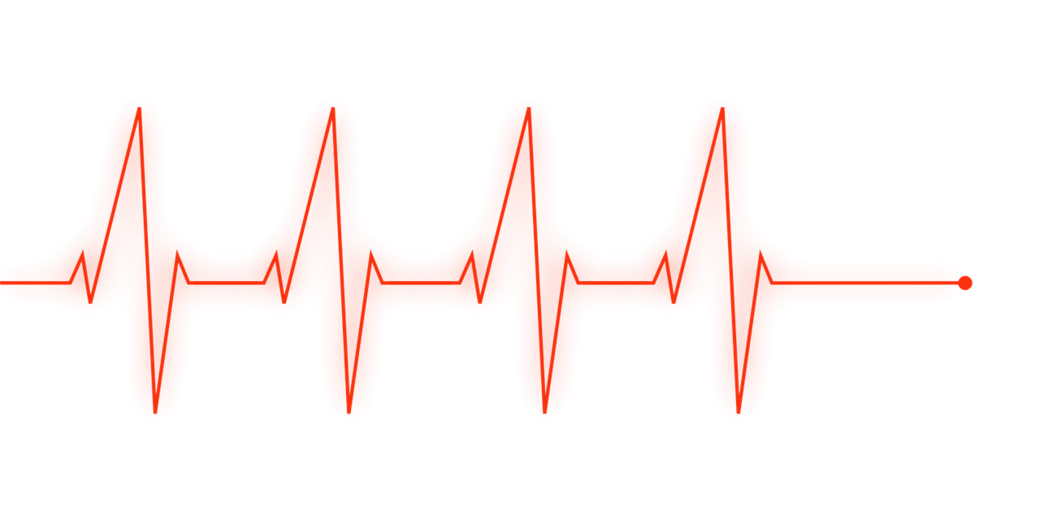
Coronavirus: Two nations, two systems, one pattern
To no-one’s very great surprise the United States of America handled the first few stages of the Covid-19 pandemic badly. After a period of dithering, denial, and poor attention to expertise, the various levels of government began to act, but unevenly, with poor messaging, fulminating partisanship, and the disadvantage of a thoroughly decayed and resource-poor public health system. The delays have been costly in lives and treasure. But now the United States is picking up steam somewhat, testing more and doing somewhat more, though the lack of even-handedness continues to grate. Eventually, the Americans will solve this problem as they have every other, which is to say by dumping huge amounts of money, scientific talent and industrial power on the problem until it succumbs, which might indeed be a year or two from now.
In any major crisis, the United States is always late-to-task, and not very sure-footed at the outset, but succeeds in the end by bludgeoning the problem to death with overwhelming financial, industrial and intellectual might. This was true of two world wars and a variety of other significant challenges since it became a major power.
The reasons why it always does this are somewhat beyond the control of individuals, because they are rooted in the structure of American democracy. The structure is cumbersome and complex beyond belief. Newcomers to Washington take decades to learn where all the buttons are. And it is not accidental that it is so. The Founding Fathers wanted to create a system where it was nearly, but not quite impossible to get something done from the centre. This appealed to them, because most of them held to the view that they had just finished fighting a seven year long war against over-government, and in the slower-moving times of the 18th century, a structure where all the balanced parts might eventually agree on something was all they really needed at the centre. Most of the immediate decisions could be made at the periphery, ie in the state or local democratic institutions.
In modern times, when coordinated and speedy action has often been needed, even the most skilled presidents could only make the delicately balanced system work with a modest degree of urgency and coherence at the outset of any challenge. Even to do this, they needed to be able to persuade and coopt a wide range of legislators, office holders and other powerful players. They did so by building trust and commitment by engaging in vast numbers of one-on-one or small group meetings where they were eloquent and understanding, and could build bridges with their interlocutors. Many presidents have not been especially good at this juggling act. The current incumbent shows little inclination and even less capacity to plow that particular furrow.
Structural reform in the US is nearly unthinkable, because its current structure and constitution have become a religion for secular times. But its good fortune is in the accomplishments of its people, institutions and corporations, which have equipped it to face almost any challenge once the needed way ahead becomes blindingly obvious. It lacks alacrity, but it has power.
China, on the other hand, is as far from a democracy as one could reasonably imagine. In the classic style of a dictatorship dressed in the clothes of a democracy, it holds pretend elections within a single party to use as a thin veil over a thugocracy which exercises exquisite control of every aspect of life of the people. In such systems it is often hugely dangerous to tell truth to power, especially if that truth is unpleasant, unwelcome, or threatening.
Little wonder that officials in Hubei province were reluctant to advise the centre of the early stages of the presence and spread of Covid-19. After all, denial was plausible for a while, and, following that phase, coverup for local mistakes is virtually a tradition. Eventually, but too late, the centre understood what was happening, and it is likely that the centre too had a period of denial, after which point it was too late to prevent the Covid-19 genie from getting out of the China bottle. This is how and why totalitarian structures like that in China are also almost always late-to-task in certain types of emergencies.
But it is often said that what makes us bad also makes us good, and a thugocracy is damned good at making its citizens do what it wants, so China instituted the mother of all lockdowns, accompanied by a maximum effort use of traditional public health techniques, including remarkably coercive ones, and it worked. Meanwhile, China, like the US, is a major scientific, industrial and financial powerhouse, and it too is now well engaged in the titanic struggle to bludgeon Covid-19 to death. Indeed, the race for treatments and vaccines is also a race for kudos and influence.
One could hardly imagine more different political systems or more different notions of personal liberty than in the United States of America and the Peoples Republic of China. But, ironically, both systems share a pattern: the human tragedy and extra cost of always being late-to-task, and the eventual success that comes with the concerted exercise of vast intellectual, financial and industrial power.
Photo: CDC, Unsplash









